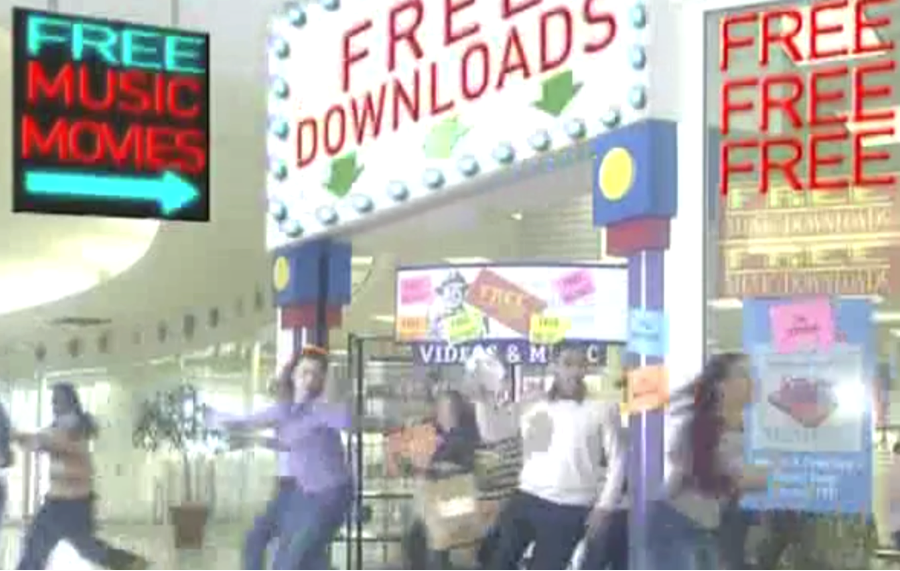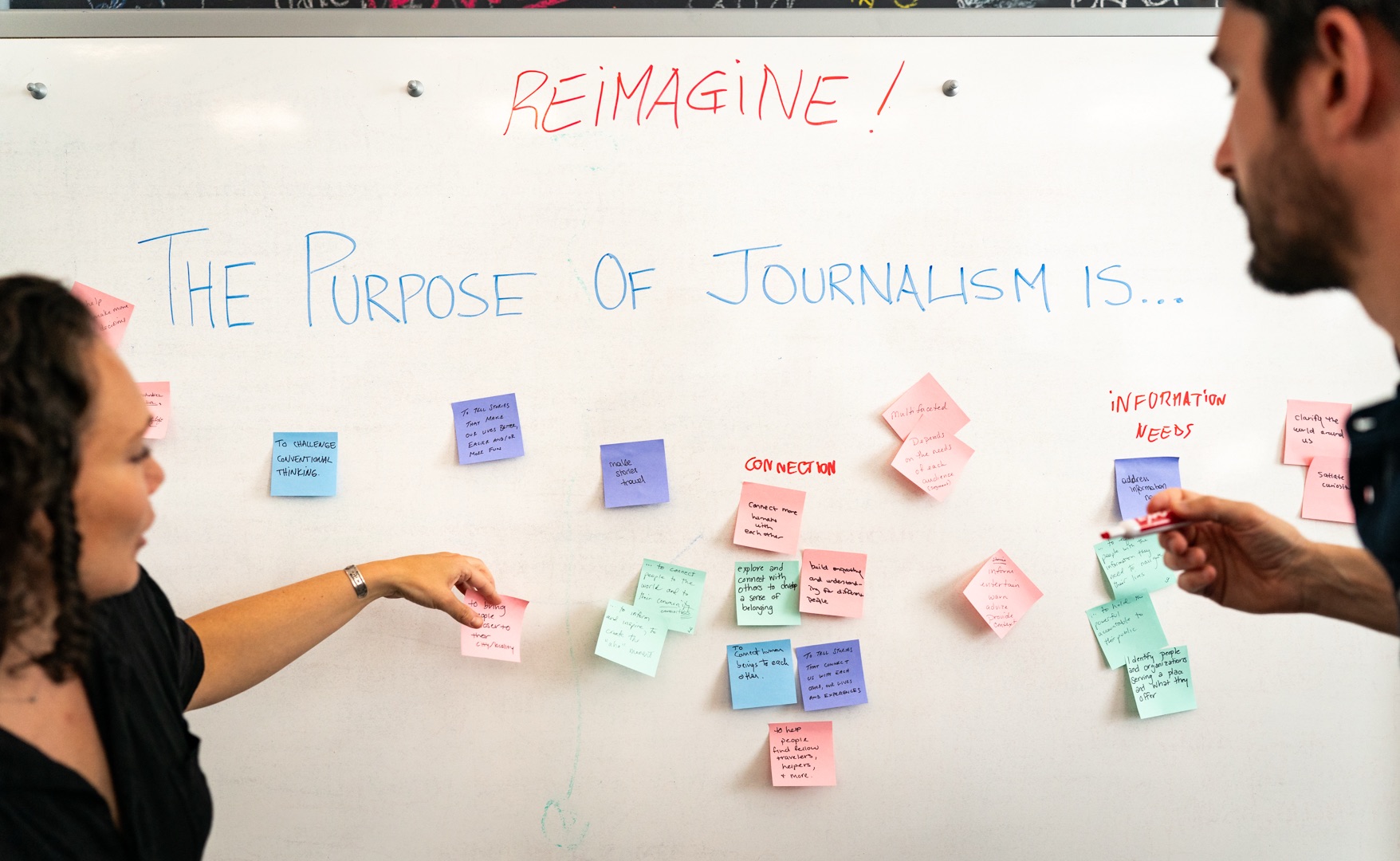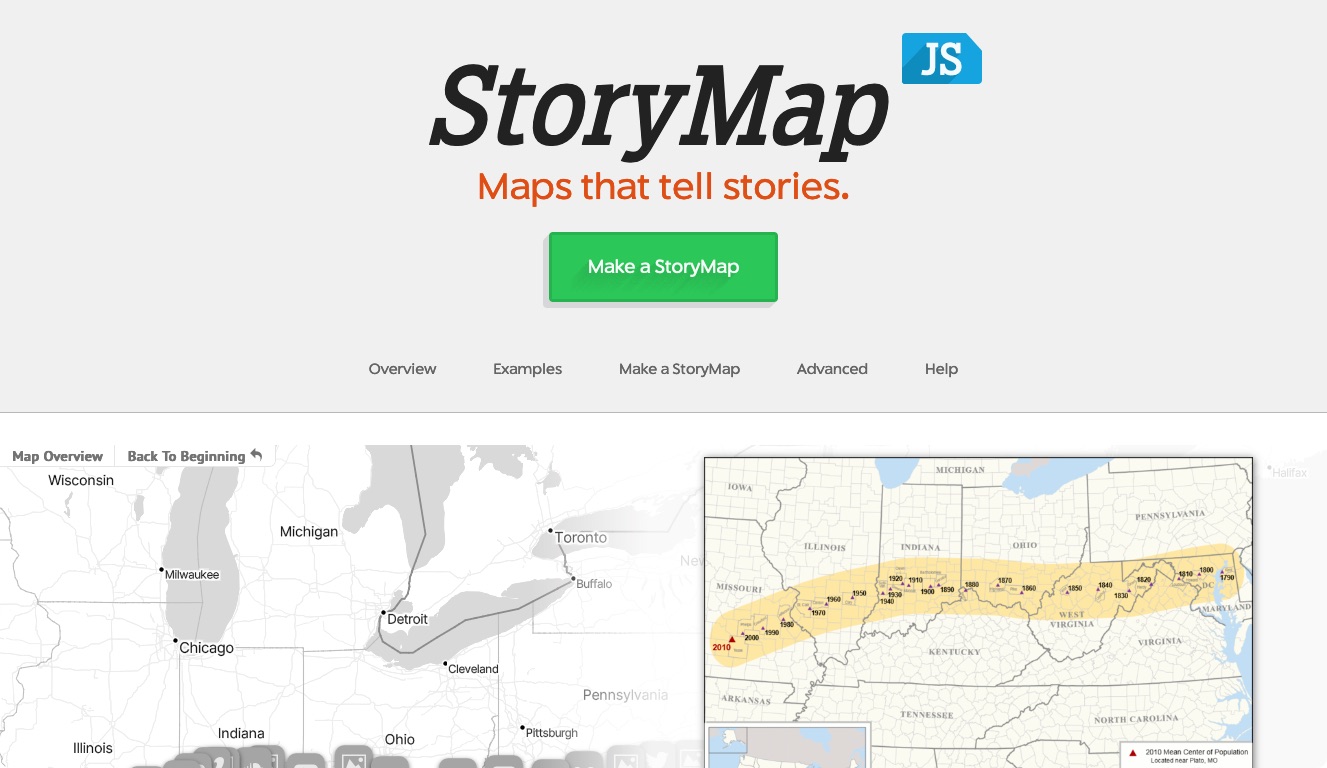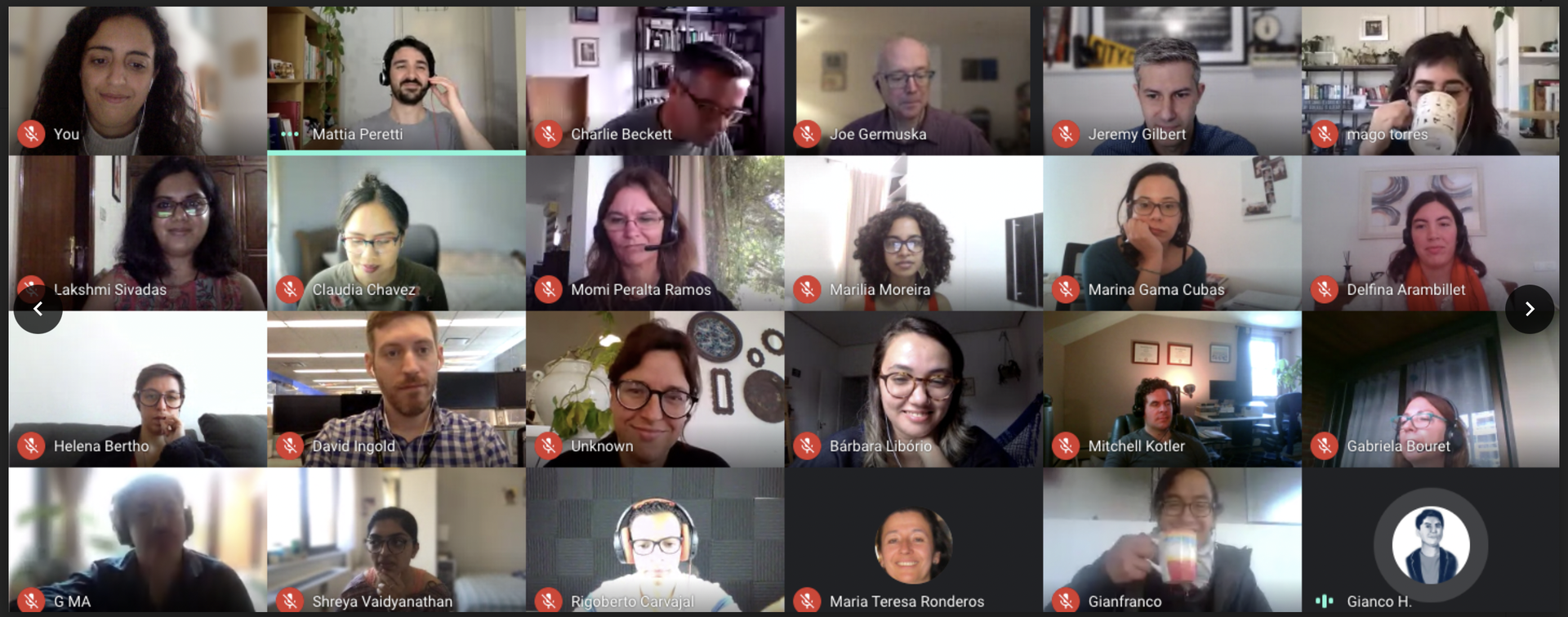
The current state of audio on the 'net
It doesn’t take a genius to see web audio has problems. In a Knight Lab brainstorm we pinpointed more than 20 things we can’t stand about how audio storytelling works on the net. Plus we’re not the only ones who have noticed the issues.
- It’s tough to share (though Twitter is working on it - but more on that later).
- It’s almost impossible to discover.
- It basically never goes viral.
- It’s difficult to track listening statistics, and the available stats are rudimentary at best.
- The list goes on.
And it’s a shame. We’re living in the golden age of podcasting. There’s a ton of great stuff coming out that’s exciting, innovative and totally unexpected. There’s so much quality podcasting content that the Internet is practically busting at the seams –pundits are even declaring the podcast has grown up. But if the podcast has grown up, why does so much of the good stuff still come from the same comparatively tiny group of people? And why then do podcasts account for only 1.7% of the nation’s listening time?
Maybe the podcast hasn’t grown up. Maybe the “golden age of podcasting” is a sign of people reaching the limits of a medium that’s stagnant. Maybe web audio is still in its infancy.
Consider what all this might look like in the hands of Dave Chappelle. Where would podcasting fit in if the "Internet were a real place"? In Chappelle’s “real place” Internet, spoken-audio might look like thousands of people crammed into a tiny room, every one of them squawking into a microphone. Aside from a few well-known performers clearly marked off from the rest, it’s total chaos. Noobs enter the madness unable to even navigate, let alone pick up a mic themselves. How many great voices are lost in this noisy hall? How many talents take a look at the turmoil and decide there’s no reason to give audio creation a shot?
What I just described isn’t new. It’s been this way since Apple “took podcasting mainstream” back in 2005.
Meanwhile, music and text on the web have grown up. In Chappelle’s heyday, the net was the wild west. You could rarely be assured who you were talking to was who they said they were. For most people it was just as easy to steal music as to buy it – and back then no one had any idea how they were supposed to beat that price.
If Chappelle had to recreate text and music in a sketch today he’d have to acknowledge things are a lot different. Instead of taking his chances in skeezy chatrooms he’d be able to work through his written thoughts with other great comedians in thoughtful forums, or get periodic updates from his famous friends throughout the day on the hottest topics of the moment. The constant stream of people stealing music might be replaced with fancy, velvet rope clubs – each with a $10 membership fee and packed with the coolest, most popular DJ’s from around the world.
The 4 stages to maturity
Both text-based and music platform models had to go through four distinct stages of growth to reach this state of relative maturity. Each have achieved models that allow ordinary users to get involved in the process of content creation and distribution. Podcasts will never be able to emulate that success unless things change drastically. We're defining the four stages as:
- Person to person
- Person to platform
- Person to network
- Mastermind creation / distribution
1) Person to Person:
Text - AOL Instant Messenger, Chat rooms, Etc. (Mid-90’s)
Early text tools such as AIM and chatrooms got users comfortable with putting their words on the net and crafting their web personas (who didn’t have an embarrassing screenname in the 90’s?). From the beginning of personal Internet usage these were defining experiences. As such people are now very comfortable with sharing text and putting themselves out there on the web.
Music - Napster (Late 90’s)
Simultaneously, applications like Napster popped up and allowed people to share music with their friends and the world. Music singles lended themselves particularly well to the slow download speeds of the early net and made for most of the trading - fast forward just few years and the album is dead.
2) Free personal publishing platforms
Text - Blogger, Xanga Livejournal (Late 90’s)
Disadvantages of the early web: sometimes friends weren’t online and chat rooms were slow. These issues were solved by the late 90’s, as personal publishing platforms such as Blogger, Xanga and LiveJournal allowed amateurs to easily publish their deep thoughts and keep the conversations going with a larger audience.
Music - Myspace, Last.FM (Early 00’s)
Myspace let users integrate their favorite music into their web persona, and allowed artists to make self-produced tracks more accessible to more people. Meanwhile Last.FM familiarized people with music curation by allowing the users’ friends and internet aquiantances to keep track of recent plays.
3) Person to social network:
Text - Twitter, Facebook (early 00’s)
The creation of social networks such as Twitter and Facebook allowed users to broadcast their favorite stories and build reputations at the same time. These networks lower the barrier to publishing and reward sharing and curation as much as creation.
Music - Soundcloud, Spotify, Etc (Late 00’s).
Soundcloud allows people to publish or share music discoveries to a network of followers with just the push of a button. Spotify not only lets people spy on what their friends are listening to, it lets people stream the songs from anywhere, at any time. The effects are huge, routinely helping artists go viral.
4) Mastermind creation / distribution:
Text - Medium (Early 10’s) Music - Splice (Early 10’s)
These relatively new products help creators by integrating advice from helpful communities into the production process. They’re also designed with the goal of elevating “the best content,” not just the hottest content of the moment.
Internet audio, a medium years behind
How has web audio fared over this same time frame? At a glance it would seem like none of this ever happened. Anyone with a little technical knowledge can now create a podcast, but to get noticed they have to be lucky or great – and most people aren’t even in a position where they’d consider giving it a shot. The “New and Noteworthy" section of iTunes' podcast directory is frequently cited as one of the best ways for new podcasters to get new listeners. It’s a system that feels hopelessly outdated.
Would the latest, greatest podcast of the moment, “Serial,” have ever been noticed if it had come from some weird corner of the Internet? Having “This American Life” street-cred attached had to be a huge factor in driving growth for the show. The same goes for Startup, which was near the top of the podcasting charts from the moment of its release. The way podcasting currently works, having connections isn’t merely helpful, it’s essential.
People have tried to solve for this before, but Odeo was clearly before its time. When Ev Williams trumpeted casual content creation as the future of audio, the world looked very different. To record anything that was even listenable in 2005, people had to buy an expensive microphone and rig it up in their home. Nobody but the most die-hard would attempt to record anything on-the-go.
Today most people carry perfectly reasonable recording devices in their pockets. In fact, in journalism school, when a radio producer gave us insider tips on sound recording , she advised us to use the iPhone instead of going out to waste hundreds of dollars on anything labeled ‘professional.’
These tech differences are what’s being lost in the race to make the production of individual podcasts better and better. At its core, the format has already proven itself deficient in all the ways mentioned at the beginning of this piece, and it’s still alarmingly niche after a decade of pop-culture buzz. This can’t be what audio on the net is supposed to look like.
So, while we should certainly celebrate the great work coming from the This American Life-s, the Serial-s, the Startup Podcast-s and the Radiotopia-s of the world, we shouldn’t sit back satisfied with the way things are. The content is already fantastic! It’s time to bring the format itself into the 21st century.
More podcasts and audio on the Web stories:
-
• From Carl Malamud to Dr. Dre to Ev Williams: The history of web audio
• The 4 Stages to Internet medium maturity: Why web audio can’t grow up
• Leaps and sounds: 6 product categories creating the future of web audio
• How to get rich in the podcasting gold rush: steal these 6 ideas from Odeo
• Alex Blumberg on StartUp podcast, Gimlet Media and the future of podcasting
• Jake Shapiro on PRX, developing Radiotopia and the future of web audio
About the author





